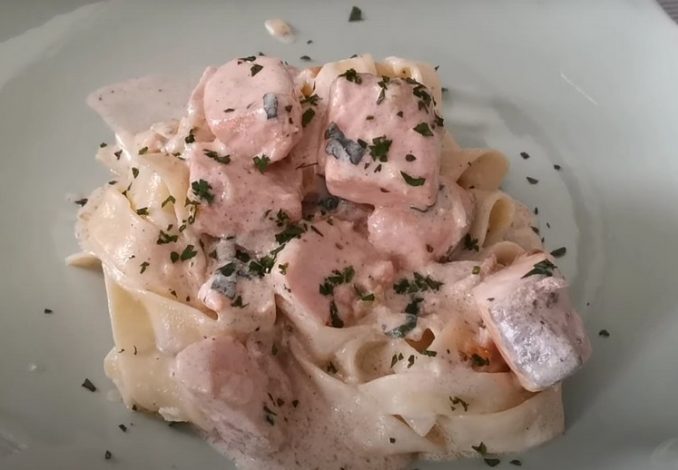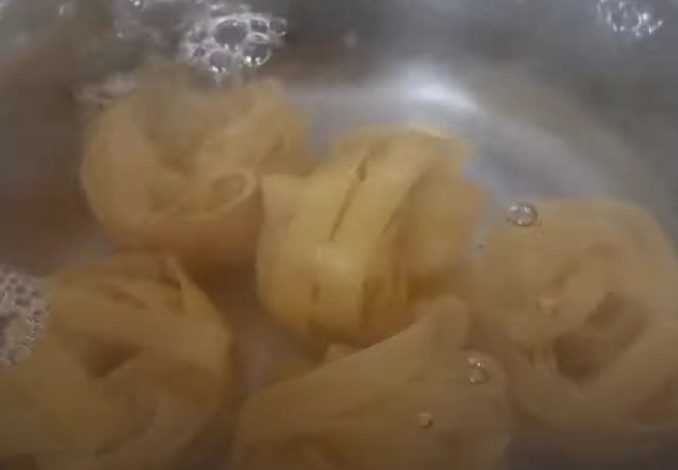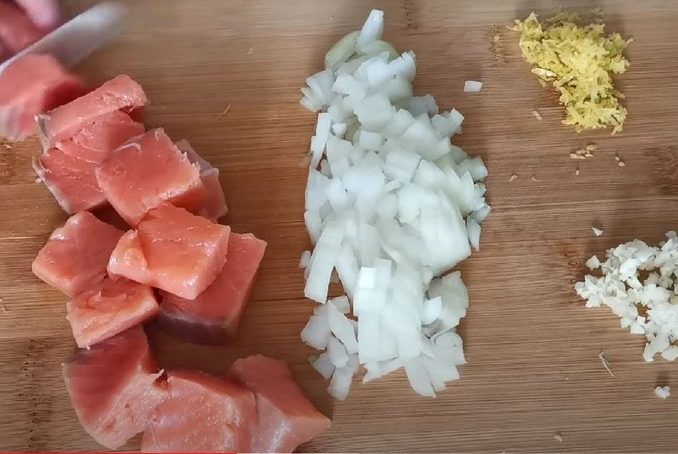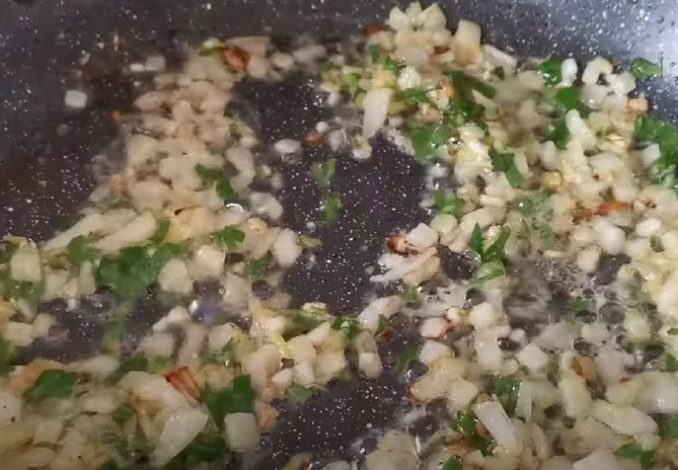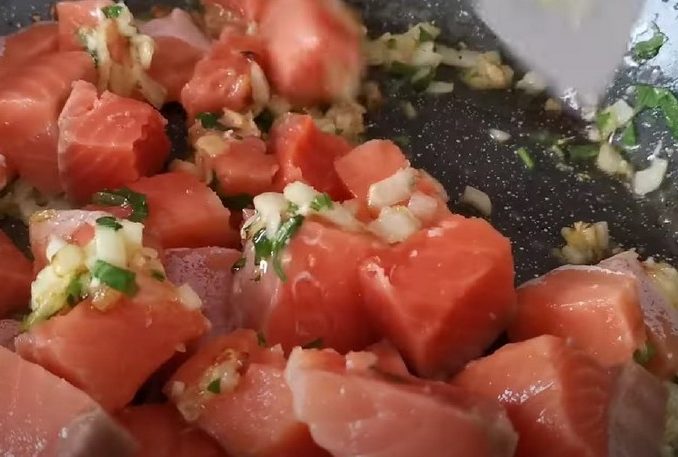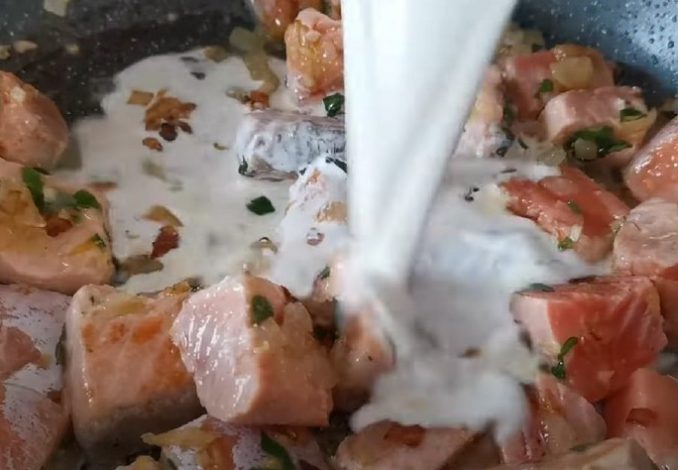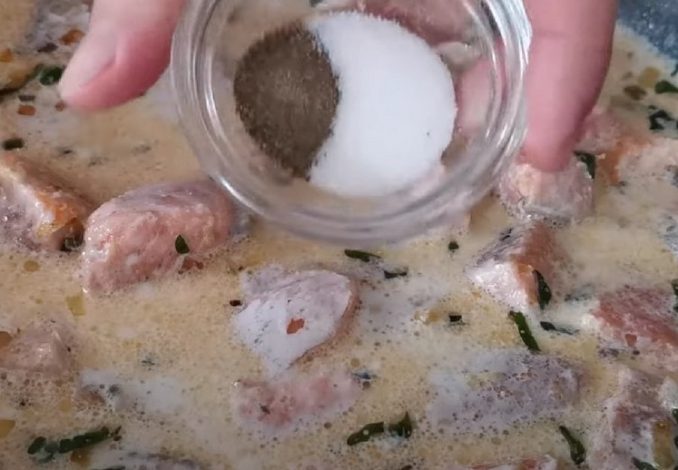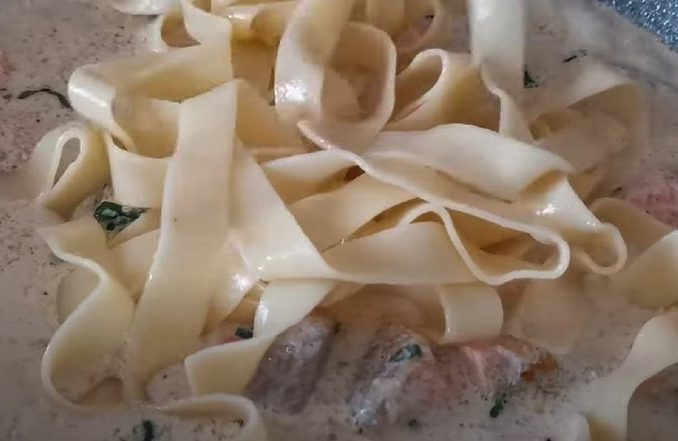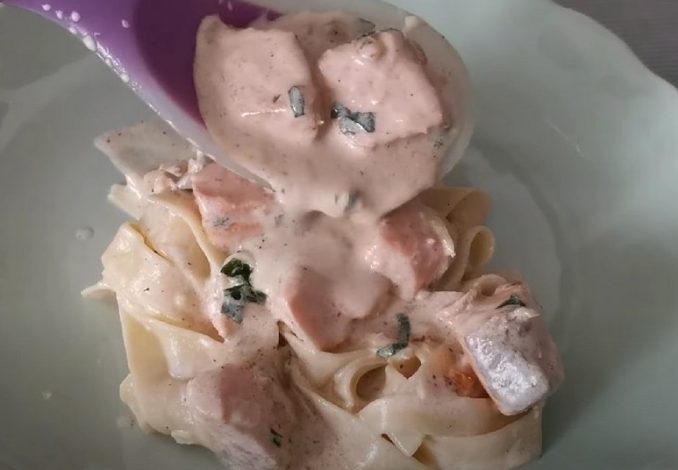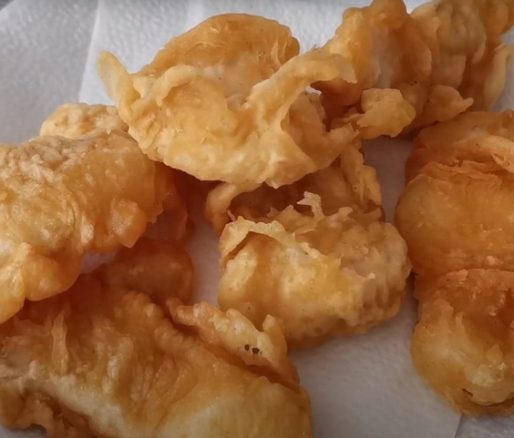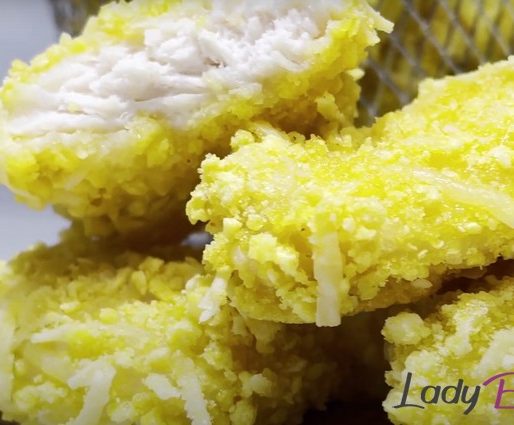Creamy Salmon Pasta Recipe
Creamy salmon pasta is a perfect dish for a cozy dinner. It’s simple to make but luxurious in flavor, with tender pieces of salmon coated in a rich, creamy sauce. Follow this detailed step-by-step guide to create this delicious dish right in your own kitchen!
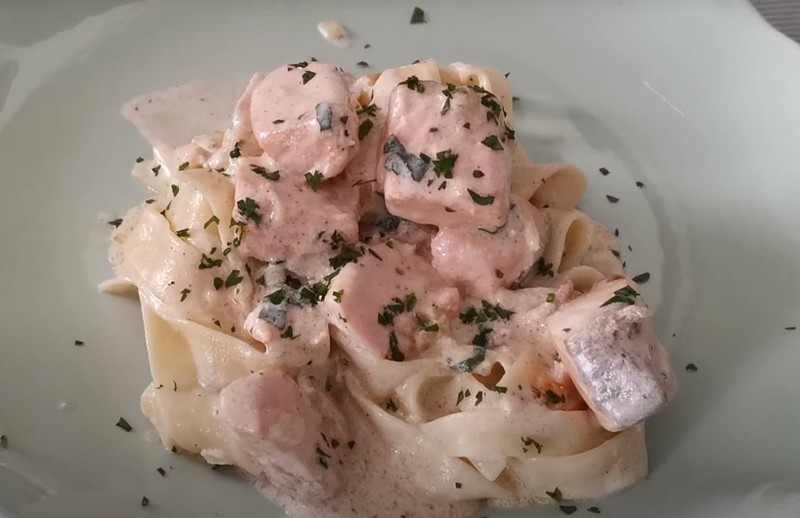
Caloric and Nutritional Value Creamy Salmon Pasta, per 100 g
| Nutrient | Amount | % Daily Value |
|---|---|---|
| Calories | 250 kcal | 12.5% |
| Protein | 12 g | 24% |
| Fat | 18 g | 23% |
| Saturated Fat | 8 g | 40% |
| Cholesterol | 60 mg | 20% |
| Carbohydrates | 15 g | 5% |
| Fiber | 1 g | 4% |
| Sugars | 2 g | 2% |
| Sodium | 200 mg | 9% |
| Calcium | 40 mg | 3% |
| Iron | 1 mg | 6% |
| Vitamin A | 300 IU | 6% |
| Vitamin C | 2 mg | 3% |
Ingredients
- Add to Shopping List +
- Add to Shopping List +
- Add to Shopping List +
- Add to Shopping List +
- Add to Shopping List +
- Add to Shopping List +
- Add to Shopping List +
- Add to Shopping List +
- Add to Shopping List +
- Add to Shopping List +
- Add to Shopping List +
Step by step method
-
Cook the Pasta
Bring a large pot of water to a rolling boil and add a generous pinch of salt. The salt will season the pasta as it cooks, enhancing its flavor. Add the pasta to the boiling water and stir immediately to prevent sticking. Cook according to the package instructions until al dente. This means the pasta should be tender but still have a slight bite to it. Once the pasta is ready, reserve 100 ml of the pasta water, then drain the pasta and set it aside. Tip: Stir the pasta occasionally during cooking to ensure it doesn’t stick together. Al dente pasta is key to a perfect texture for this dish.
-
Prepare the Ingredients
While the pasta is cooking, prepare the other ingredients. Chop the onion into small, even pieces to ensure it cooks uniformly. Mince the garlic finely, as this will help it release its flavor into the sauce. Cut the salmon into bite-sized cubes, about 2-3 cm. Grate the lemon zest finely, as this will add a fresh, zesty note to the sauce. Having all your ingredients prepared and ready will make the cooking process smoother. Tip: Make sure the salmon pieces are similar in size to ensure they cook evenly. Smaller pieces also make the sauce more harmonious.
-
Sauté the Onion and Garlic
Heat a large skillet over medium heat and add 20 ml of vegetable oil and 30 g of butter. The combination of oil and butter prevents the butter from burning while giving a rich flavor. Once the butter has melted and is foaming, add the chopped onion. Sauté for 3-4 minutes, or until the onion becomes translucent and soft. Then, add the minced garlic and sauté for another 30 seconds to a minute, until fragrant. Be careful not to burn the garlic, as it can become bitter. Tip: Stir the onions continuously to prevent them from browning too much. We want them soft and sweet, not caramelized.
-
Cook the Salmon
Add the salmon cubes to the skillet with the sautéed onions and garlic. Cook for about 3-4 minutes, gently stirring occasionally. The goal is to cook the salmon until it is opaque on all sides but still tender. Avoid overcooking, as the salmon will continue to cook slightly in the sauce. Tip: Use a spatula to gently turn the salmon pieces to avoid breaking them apart. The salmon should remain in nice, firm pieces for the best presentation.
-
Add the Cream and Pasta Water
Once the salmon is mostly cooked through, pour in the 150 ml of warm cream and the 100 ml of reserved pasta water. Stir gently to combine, making sure not to break the salmon pieces. Bring the sauce to a gentle simmer, allowing it to thicken slightly for about 2-3 minutes. The reserved pasta water, rich in starch, helps the sauce bind and gives it a silky texture. Tip: Make sure the cream is warm before adding it to the pan to prevent it from curdling. Keeping the heat moderate will also help create a smooth, creamy sauce.
-
Season the Sauce
Add salt and freshly ground black pepper to taste. Stir to ensure the seasoning is evenly distributed. The seasoning is crucial, so taste and adjust if needed. You can also add a pinch of red pepper flakes if you prefer a bit of heat in your sauce. Tip: Remember to taste the sauce as you season it. The balance between creaminess and seasoning is key to a flavorful dish.
-
Combine Pasta and Sauce
Add the drained pasta to the skillet with the creamy salmon sauce. Use tongs or a spatula to gently toss the pasta until it's fully coated in the sauce. Make sure every piece of pasta is covered with that delicious, creamy sauce. Let it cook for an additional minute in the sauce to allow the flavors to meld together. Tip: If the sauce seems too thick, add a little more reserved pasta water, one tablespoon at a time, until you reach the desired consistency.
-
Serve the Dish
Once the pasta is well-coated in the creamy sauce, remove the skillet from the heat. Divide the pasta into serving plates. Sprinkle freshly chopped parsley over the top for a burst of color and freshness. If desired, add a bit more lemon zest for extra brightness. Tip: Serve the pasta immediately while it's hot and creamy. A fresh sprinkle of black pepper on top just before serving can also enhance the flavors.

